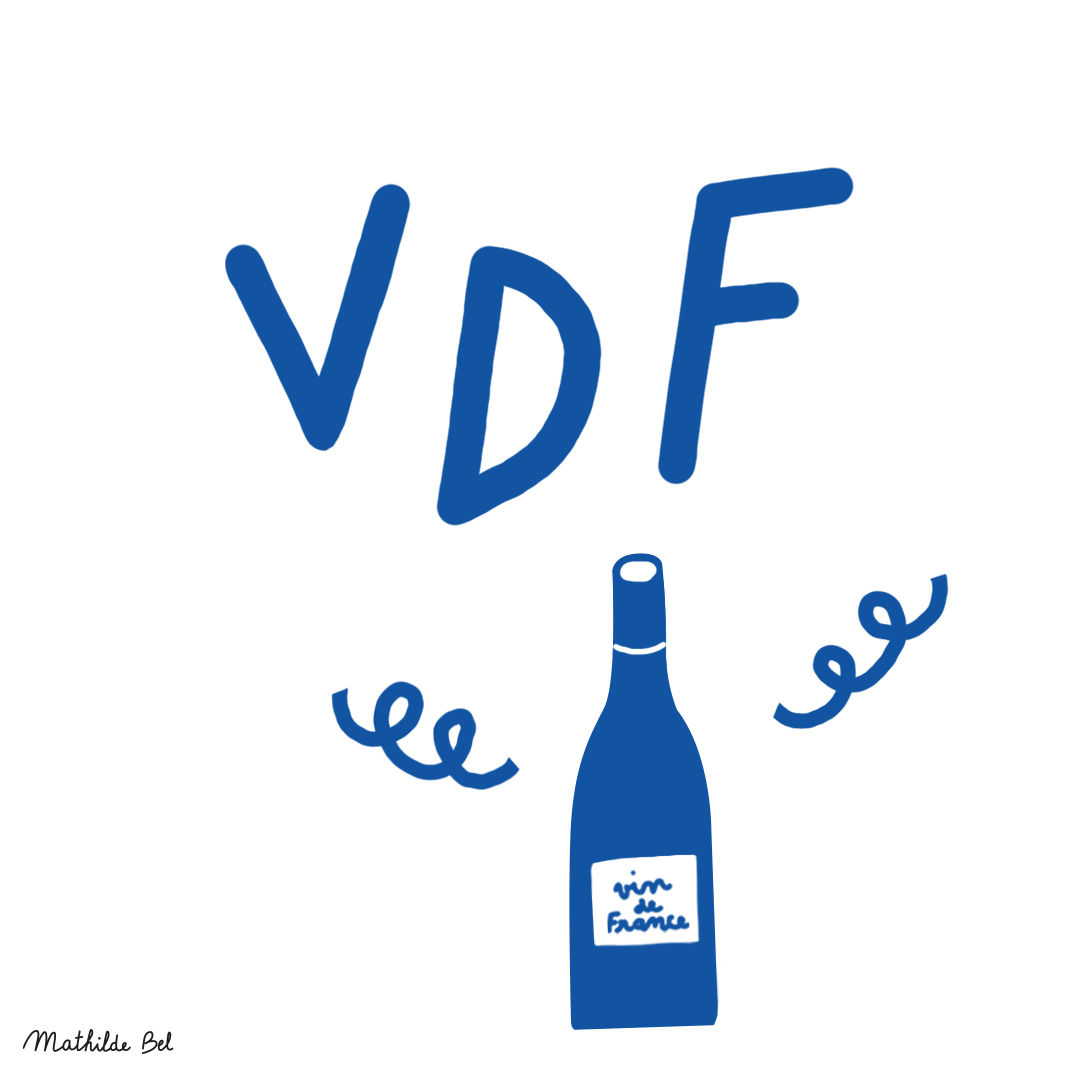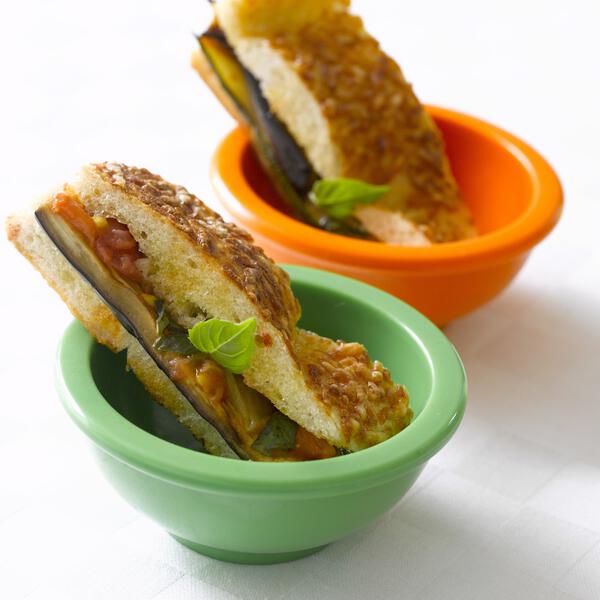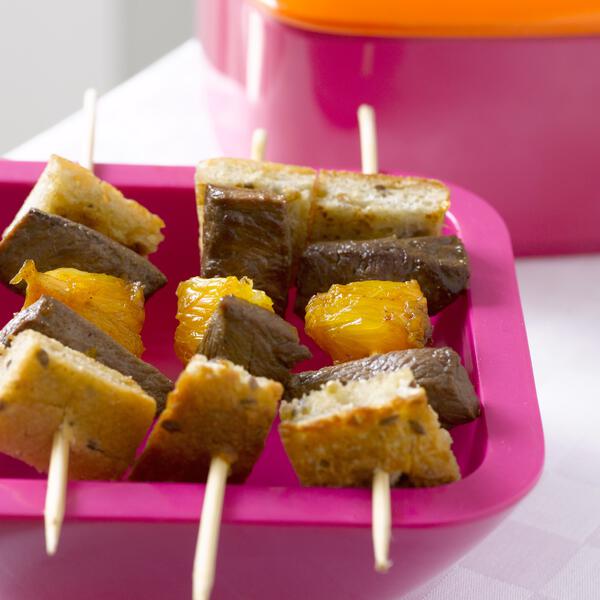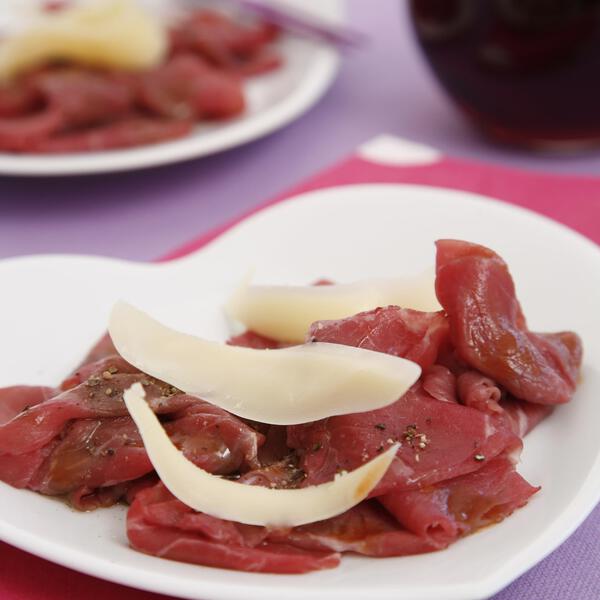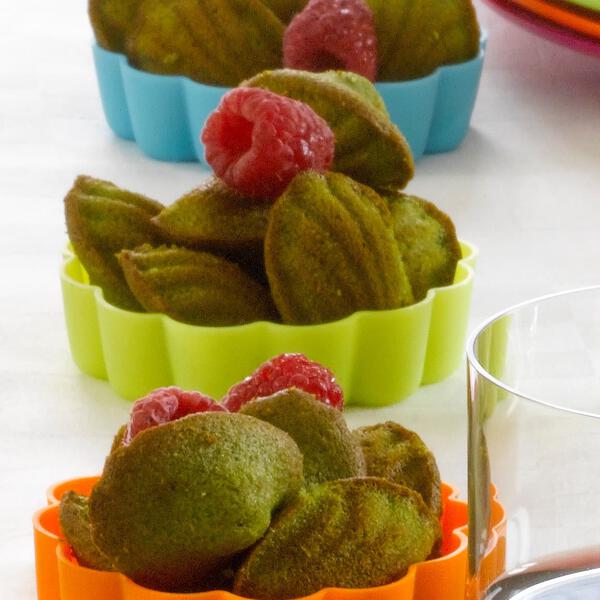Merlot de France
Wines color
Taste profile
Sweetness
Body
Acidity
Tannins
Alcohol
Table of contents
Wines produced
Occasions
Wine pairing
Merlot de France makes wines with an impressive balance. Rich and always elegant, these wines are ideal partners for grilled red meats. Merlots are perfect with a rib steak, but also go very nicely with a juicy hamburger. Roasted poultry and grilled vegetables are other perfect matches
Main food pairings:
- Raw cured ham and deli meats
- Grilled or roasted beef
- Roasted poultry and veal
- Pasta and Rice with meat or poultry
Aperitif ideas
Medal winners
Encyclopedia
Origin
Merlot originally comes from southwestern France, more specifically the Aquitaine region. It is the most commonly grown variety in France and has been massively exported to North America, Chili, Italy and Central Europe.
Aromas
Merlot's aromas are essentially fruity, in particular red fruits such as strawberry, raspberry, gooseberry and red cherry. Based on the climate during the year of harvest, these aromas can take on a jam-like character. Hints of prune, violet, sweet spices and leather or fur can also be encountered.
Wines profile
Merlot makes full-bodied, powerful, high-alcohol wines with deep color and relatively little acid. These strong, well-structured wines, with tannins that are nonetheless smooth, can be aged in wood, and thus have great potential for keeping many years. Wines made from Merlot perfectly typify the ideal red wine; meaty with a fruity feel on the palate. This is the main reason for its success in France and around the world.
Cultivation areas
Merlot is originally from southwestern France and is most commonly seen there. Its capacity to adapt has taken it to the region around Avignon and Aix in the southeast in small quantities, as well as to the southwestern littoral from Nimes to the Spanish border, where it now accounts for a quarter of the Merlot grown in France.
Precocity
Merlot is an early budding variety, as it buds only 2 days after Chasselas, the benchmark. It takes longer to ripen and is a Period II grape variety, reaching full ripeness 2 1/2 weeks after Chasselas.
Vigor
Merlot is a moderately to highly vigorous grape variety that tends to give a lot of sprouts and suckers. It must therefore be frequently disbudded in springtime. Its semi-upright growth requires sufficient training. It shows good fertility and it is thus preferable to prune it short in order to prevent overly large yields that would harm the quality of the grapes.
Soils
Merlot needs regular watering and must avoid water stress, particularly during summer. For this reason, it fares better in limestone soils that are deep enough, as well as clays that can provide water during the summer. On soils that are too thin and dry, its grape bunches do not grow big.
Climat
Originally from southwestern France, Merlot prefers temperate climates with regular rainfall but hot summers. Due to its early budding, it is nonetheless susceptible to springtime frost. Its thin skin also makes it susceptible to gray mold, which has led it to be grown in areas where the late summer is mild. It can thus ripen at its own pace without danger. We can also note that it is relatively susceptible to poor fertilization (shot berries) during flowering in June, if the weather is cool and rainy.
Susceptibility to diseases and pests
Merlot N is especially susceptible to mildew (on inflorescences and bunches), to leaf hoppers and burrs. It is also somewhat susceptible to gray mold. On the other hand, it is not highly susceptible to Oidium, to golden flavescence and it is not affected by wood diseases.
Use
Merlot is used only to produce wine.
Descriptive elements
Merlot's berries are round and medium-sized. Its bunches are small to medium in size with wings on the sides. The tips of its young shoots are densely covered with flat-lying hairs and its young leaves are a beautiful green. The shoots have green internodes, and Merlot's adult leaves are dark green and heart-shaped with five or seven lobes. Their petiolar sinus is open with a U-shaped base, and it is sometimes bordered by the vein near the petiolar point. The teeth of the lobes are medium-sized with rectilinear or convex sides and no reddish anthocyanic pigmentation of the veins. The leaf blade has an extremely bubbled, waffle-like surface. Its underside has a sparse to medium-dense coat of flat-lying hairs.
Clonal selection in France
The thirteen approved Merlot clones (specifically named Merlot N) are numbers 181, 182, 184, 314, 342, 343, 345, 346, 347, 348, 349, 447 and 519. A conservatory collection of over 300 clones was set up in the vineyards of the Aquitaine region in 1966.
Map of France
Merlot is originally from southwestern France, in the Aquitaine region. France is the world’s leading producer of Merlot
